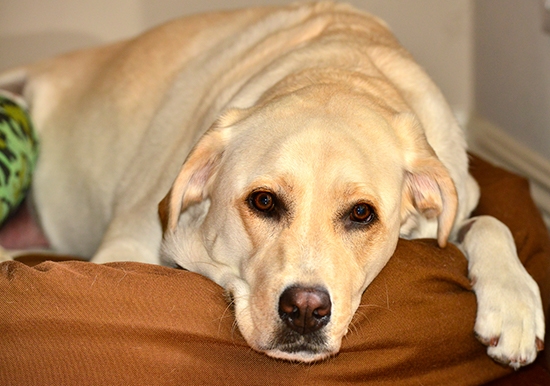September is Animal Pain Awareness Month

Behavioral changes in your patients can be a key indicator of pain. And this month is the perfect time to pay more attention to potential patient pain so you can do something about it.
In September, the International Veterinary Academy of Pain Management (IVAPM), a multi-disciplinary organization dedicated to promoting, enhancing, and advancing pain management in animals, is sponsoring the second annual Animal Pain Awareness Month. Scheduled to coincide with human medicine’s Pain Awareness Month, its theme is, “Because their pain is our pain.”
Practices can download free resources from the IVAPM website. Those resources include a “The Most Common Signs of Pain in Your Pet” poster, feline and canine questionnaires to assess patient pain, and other pain-related articles.
Practices can also download the 2015 AAHA/AAFP Pain Management Guidelines for Dogs and Cats.
“Education is paramount to diagnosing and treating pain,” Michael Petty, DVM, co-author of the 2015 AAHA/AAFP Pain Management Guidelines, past president of the IVAPM, and author of Dr. Petty’s Pain Relief for Dogs, told NEWStat.
“Most U.S. veterinary schools spend less than 10 hours teaching about pain, and most of that is usually about perioperative pain. As a result, chronic pain is not always recognizable to the practitioner.”
Often, clients will bring pets in only when there is an acute episode of pain or they see a sudden behavior change, be it reluctance to climb, jump, play, ambulate, and, sometimes, socialize, according to Petty.
“Many veterinarians, in their busy schedules, will not do a pain exam during a physical exam, and often accept the owner's statement, ‘He is getting old so he is slowing down,’ as a reason not to go looking,” said Petty.
“That’s often not the case and it’s up to everyone in a practice, including non-medical staff, to be aware of the subtle changes. My receptionist recognizes a large percentage of our chronically painful dogs that exhibit gait abnormalities as they walk across the parking lot and then are ‘cured’ when they walk in the door due to adrenalin and wanting to reassure us and their owners that nothing is wrong.”
According to Petty, the treatment of pain is a win-win-win situation: the animal feels better, the client gets their "old" pet back, and the treating veterinarian has provided a necessary service which is both professionally and financially rewarding.
Photo credit: © iStock/mauinow1



